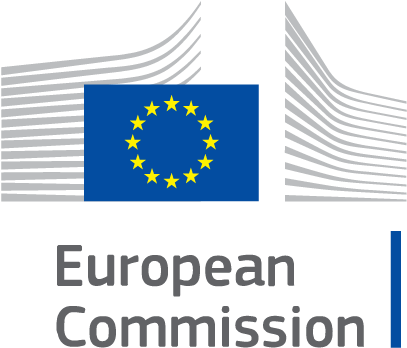Research Intern/Assistant

Context
Internship counting towards my Diplôme d’Ingénieur. Integration into Dr. Forth’s laboratory.
Goals
Produce and analyze the properties of biocompatible micro-hydrogels (microgels) composed of gelatin and sodium alginate.
Approach
Access to the laboratories of the Henri Royce Institute, with use of various equipment: rheometer, NMR (nuclear magnetic resonance) spectroscopy, computer image processing, fluorescence microscopy, chemical synthesis
Results
After using the batch emulsion technique and washing with acetone or phosphate buffered saline (PBS), gelatin microgels were successfully synthesized. This was not the case in the presence of alginate, which required the components to be converted into gelatin methacrylate (GelMA) and alginate methacrylate (AlMA) in order to induce polymer cross-linking, thereby increasing the stability of the particles.
A sketch of microgels was thus obtained, but this seems to depend on the solvent constituting the hydrogels at the base of the synthesis. Indeed, particles were discernible when PBS played this role, which was not the case in the presence of Milli-Q® water.
Rheological studies reported a wide range of viscoelastic properties that could be achieved by modulating the amount of alginate and gelatin. A decrease in viscosity as a function of shear rate was also observed, regardless of the chemical composition of the samples.
Thesis
Scholarships & Grants

.png)
